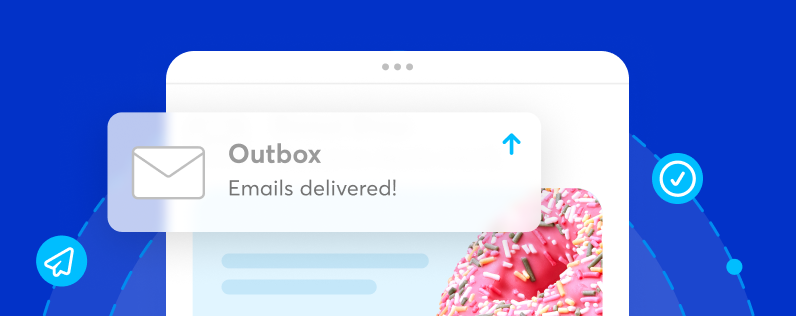Google and Yahoo are implementing new guidelines for bulk email senders in early 2024 to protect against spam, fraud and phishing. These changes will also improve your deliverability.
The good news? You’ve got an expert in deliverability and authentication on your side. We’re working behind the scenes so your emails continue to be delivered.
Check out the resources below to help answer any questions you might have and next steps you can take.
Watch The Community AMA: Email Deliverability
Email Authentication - What you need to know Recap
See More Top FAQs
Who do these changes impact?
Will these changes impact my deliverability or likelihood of my emails going to junk/spam?
How do I know if I already meet the new requirements?
If you've already self-authenticated and published a DMARC policy for your domain, you’ll see a message in your account upon login to let you know you’re all set. You can also check if you have a DMARC record using this lookup tool.
What if I don't make action on my end before changes take effect?
Keep calm and email on. If you don’t take action before the changes go into effect, we’ll automatically rewrite your “From” email address with our shared ccsend.com domain, which meets the DKIM and DMARC authentication requirements. For example: <carlscoffee@gmail.com> will become <carlscoffee-gmail.com@shared1.ccsend.com>
That being said, sending from your own domain and setting up self-authentication is an industry best practice and helps build your brand’s sending reputation.
What steps do I need to take?
What Happens if I do nothing?
How does this affect my contacts?
Will this impact my reporting?
How do I know if I already meet the new requirements?
Is there a fee for setting up self-authentication?
If I use multiple email addresses, do I need to self-authenticate each one?
I do not have an IT person. Can someone please help me?
Does the DMARC policy need to be set to reject when DKIM fails?
What type of email authentication should I use?
|
I send email from my own domain that I control
|

I send from my organization's domain |

I own my own domain, but not currently sending email |
I send from a free webmail or my local ISP provider
|
|
The best option for you will be to set up self-authentication within Constant Contact and then add the DNS records we generate for you
|
Contact your IT or mail server group to enable DKIM signing for Constant Contact in your outbound email. If they can update DNS records, opt for self-authentication in Constant Contact.
|
Contact your IT or mail server group to set up organization domain email and enable Constant Contact to DKIM sign your email. If possible, choose self-authentication in Constant Contact.
|
Since you’re sending from a domain that you’re not able to set up authentication for, Constant Contact has you covered! We’re working on a process to help make sure your messages stay in compliance.
|
Resources

Understanding the new email requirements: |

Choosing the right solution for your business: |

Steps to self-authenticate your domain: |
|
|
|
- Mark as Read
- Mark as New
- Bookmark
- Permalink
- Report Inappropriate Content
Watch on-demand now, the Community Town Hall: What you need to know about Google and Yahoo's new requirements.
If you have any questions, comment below.



